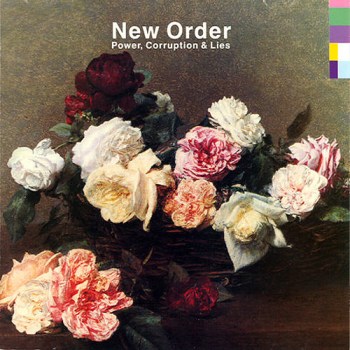
New Order’s roots were in punk rock: three-quarters of the band had been in Joy Division. In the early ’80s, though, they started to explore the innovations of dance music, and especially the potential contrast between “expressive” instruments (Bernard Sumner’s uncertain, cracking voice; Peter Hook’s twanging bass guitar) and “inexpressive” instruments (the perfectly even pulse of the cracking drum machine and synthesized disco bass octaves on “Blue Monday”). Well over seven minutes long and released as a 12-inch single — the medium of club music, not of rock, at that point — “Blue Monday” remains mysterious in just about every way. It’s a sad, haunting party record. Its half-unrhymed lyrics keep shifting their subject and briefly dissolve altogether during the final verse. It shares its title, which appears nowhere in the song, with an unrelated 1956 Fats Domino hit. The new-wave music of the ’80s treated digital technology as a symbol of bodiless perfectionism, but “Blue Monday” used it less to anticipate a shiny future than to open a wormhole into the unknown.
(Browse the All-TIME 100 Songs and more than 100 other pop culture lists on TIME’s Populist iPad app)
[youtube=http://www.youtube.com/watch?v=GwupfdyXGfY]

